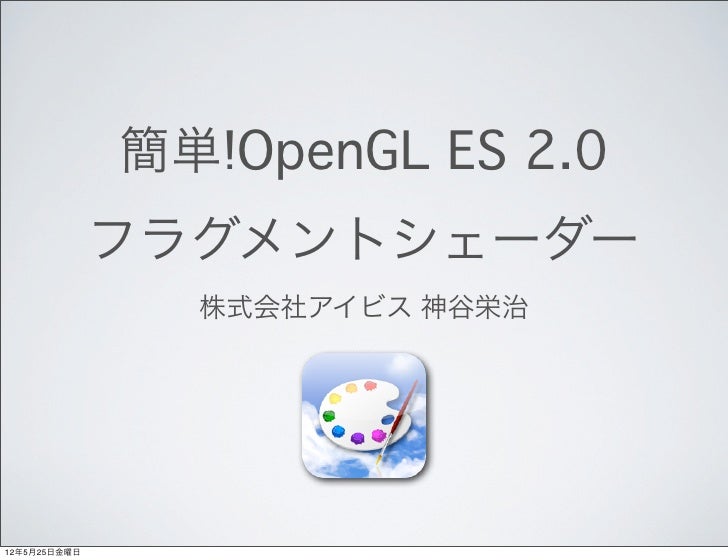Install a driver providing OpenGL 2.0 or higher, or if this is not possible, make sure the ANGLE Open GL ES 2.0 emulation libraries (libEGL.dll, libGLESv2.dll and d3dcompilet.dll) are available in the application executable's directory or in a location listed in PATH.

Description
OpenGL ES 2.0 was publicly released in March 2007. It is roughly based on OpenGL 2.0, but it eliminates most of the fixed-function rendering pipeline in favor of a programmable one in a move similar to the transition from OpenGL 3.0 to 3.1. In OpenGL ES 2.0, nothing can be dr awn unless a valid vertex and fragment shader have been loaded. In Chapter 1, “Introduction to OpenGL ES 2.0,” we covered the basics of the OpenGL ES 2.0 programmable pipeline. There you learned about the concepts of a vertex and fragment shader.

Angle Opengl Es 2.0 Emulation Libraries
Apps extend the rich functionality of our devices, and these apps deserve to be on every platform. But who wants to maintain different code paths for complicated graphics code? There is now an answer with ANGLE, an open-source project that allows Windows to seamlessly run OpenGL ES 2.0 content by translating OpenGL ES 2.0 API calls to DirectX 11 API calls. By running your OpenGL ES code on Windows, you can spend less time refactoring your graphics code and more time making your apps great! We’ll dig into the ANGLE architecture and show how you can best use ANGLE to quickly get your app to Windows.Day:
2Angle Opengl Es 2.0 Download
Session Type:
Breakout
Room:
Room 3024